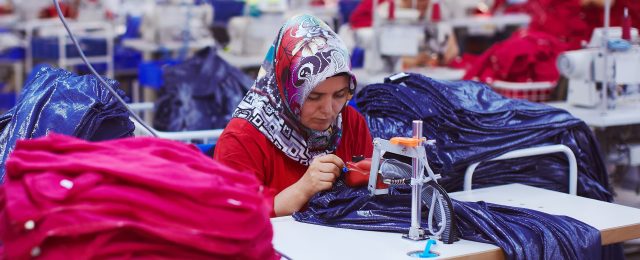
Methodology
Methodology
The 112 companies in the Gender Benchmark as well as the 1,006 companies in the Gender Assessment were assessed with an updated methodology which was published in April 2023. The Gender Benchmark Methodology builds on more than four years of research and collaboration with a wide range of experts and stakeholders, including other benchmarking and standard-setting organisations. It is also anchored in the Sustainable Development Goals and aligns with international principles and normative standards as well as key gender initiatives.
In 2019, we held roundtables which brought together participants from various stakeholder groups, including companies, non-governmental organisations, multilateral and bilateral organisations, and financial and research institutions to assist in the development of the Gender Benchmark Methodology. We also held a public consultation before finalising the first methodology in 2020. The following year, WBA published the 2021 Gender Benchmark where we assessed and ranked 35 apparel companies. Building on the lessons learned from applying these methodologies, WBA decided to update its Gender Benchmark Methodology to the current one, with the goal of scaling up our gender work to assess more companies across multiple sectors.
See methodologyAssessment process
The benchmarking process consists of two research phases: an initial analysis of publicly available company information, followed by a review based on company feedback. The benchmark team relies on publicly accessible data such as company websites, financial and non-financial reports, and policies.
After an initial phase of research, companies receive a draft assessment for review. They can engage with the benchmark team directly through a scheduled call, or provide written feedback. The benchmark team then reviews this feedback and revises companies’ results accordingly.